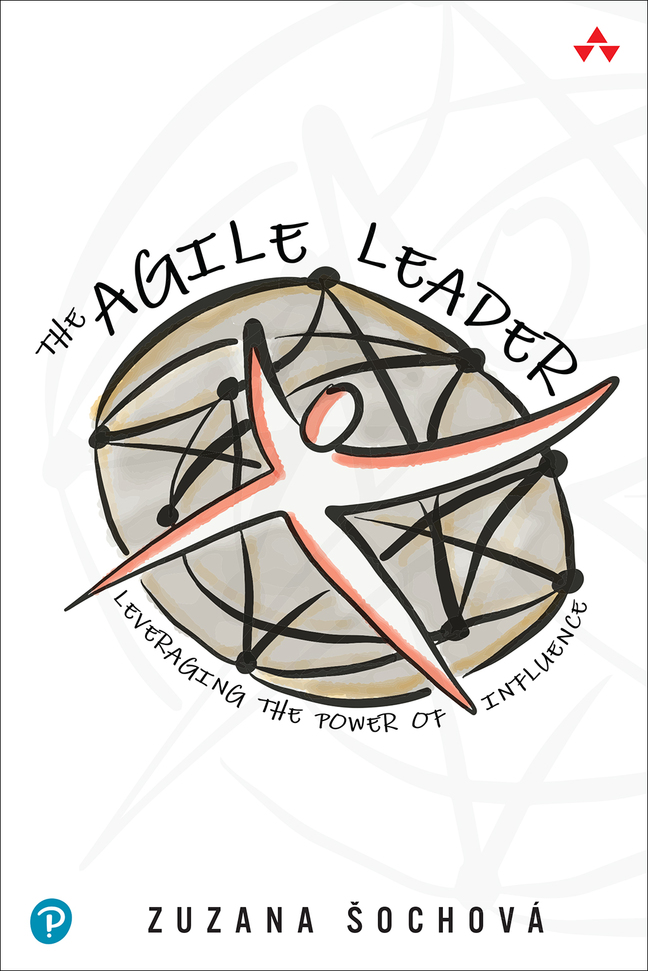Speaking of creating the right environment – even in the agile world you sometimes need to make a decision. While that’s not surprising to most managers, it’s often something that agile coaches struggle with. On the other hand, managers often struggle to collaborate and participate, while agile coaches are usually much better at it. All over in an agile environment, you need them both. Decision-making and collaboration.
Decision-making is not that hard once you have a clear purpose of what you like to achieve. But without a clear vision, there are so many options to choose from and the nature of the complex world makes many of them looking good, they all are ok, but it’s impossible to know which one of the right ones, without trying, inspecting, and adapting. And again, the ability to hear feedback and learn from it is critically needed. As in a VUCA world we can’t know which option is the right one, all we can do about it is to experiment and learn from failures. Fail fast, learn fast. There are environments where people react well to what I’ve just said. They understand that it’s better to know you are not going in the right direction sooner than later, they work in short iterations, experiments and get open and honest feedback regularly. They know it’s better to return after a week than when the entire delivery is done in a year from now. Those environments are already agile, they have high trust and are neither afraid of transparency nor failure.
But there are environments where people react with frustration on my sentence. “What do you mean by failing?” they ask. “We can’t fail here!” they say and you can sense the fear and stress growing in the space. “We would be fired if we fail.”. And I’m not surprised. They are living in a different mindset, where they still believe the world is predictable and the business problems can be analyzed, planned, and solutions delivered accordingly. They try to pretend that unpredictability doesn’t exist and that the world is not complex. Just analyze, plan, and do it. That’s it. And all the difficulty is in how to manage it. That’s a traditional mindset and if you like to change it, and increase the agility in a space, you need to start with increasing trust and transparency. Without it there is no real collaboration happening.
In collaborative environments, there are two soft skills needed – coaching and facilitation. You might never be as good at them as professional coaches and professional facilitators are, but be able to use them and help people to raise their awareness about the situation and have an effective conversation and collaborate better is always useful.
Finally agile is a change. Change of the way of working, change of culture and mindset. You can address it at three different levels – changing yourself, through your own behaviors and habits. Becoming a role model. In my mind, this is the most powerful change. Leaders need to change first, the organization will follow. Secondly, you can change the way we work by implementing different frameworks and practices. Thirdly, you can influence the organization and the system level and change the culture and social system.

 Learn more about transforming organizations, leadership, and culture with Agile & Enterprise Coaching. Check our Scrum and Agile training sessions on Sochova.com. Grab a copy of The Great ScrumMaster: #ScrumMasterWay book and The Agile Leader: Leveraging the Power of Influence book.
Learn more about transforming organizations, leadership, and culture with Agile & Enterprise Coaching. Check our Scrum and Agile training sessions on Sochova.com. Grab a copy of The Great ScrumMaster: #ScrumMasterWay book and The Agile Leader: Leveraging the Power of Influence book.
Disclaimer: All I write on this blog is purely personal and has no relation with any position I have, used to have or will have in the future.

